Currently underway in Wyoming’s Bridger-Teton National Forest is a study to determine what effect human noise from recreation has on wildlife.
This study aims to understand what type of outdoor recreation and human interaction has negative effects on wild animals.
Specifically, the new study aims to identify what type of human noise causes negative reactions. This aligns with recent studies that have shown human encounters can cause a variety of negative impacts on wildlife.
A study carried out in Vail, Colorado shows that encounters between humans and elk have caused reduced birth rates among elk populations there.
The results of this study were shocking. Elk calves whose mothers were disturbed an average of seven times during calf season had a 30 percent chance of dying.
This may seem like a high number of encounters, but as outdoor recreation expands, encounters between wildlife and people become more common.
People also frequently ignore trail closures and signage warning them to avoid wildlife.
A similar study carried out in Grand Teton National Park showed that, as backcountry skiers permeate deeper into the mountains, local bighorn sheep may be scared away from food. This is particularly alarming because during the winter months when skiing is at its peak, food is scarce for the sheep. Bighorn sheep have experienced a drastic population loss in recent years. Backcountry skiers have directly contributed to this.
Moving away from ruminants, human noise has also been shown to affect zebra finches’ cognitive abilities. Additionally, female crickets made different mating choices when exposed to noise Pollution. In a scientific review of 274 articles about the impact of human noise on wildlife, 59 percent of outcomes were found to be negative for wildlife. All of this information has led researchers to conclude that as humans venture further into nature in higher numbers, it will likely have net negative effects for wildlife.
The study currently being carried out in Wyoming is investigating what it is exactly about human noise that disturbs wildlife. The researchers recorded various groups of different sizes partaking in different outdoor activities. These noises, along with control sounds, were played when a motion-sensitive camera detected wildlife. Researchers then observed the results. So far, researchers have noticed that large groups of mountain bikers have the greatest effect. Smaller groups of mountain bikers and hikers talking also prompted a response. Animals were less likely to flee from noise when people were quietly walking, although they did still react.
Now, researchers are attempting to figure out how harmful human noise is to wildlife. While some animals can adapt to human presence, others are not. The key will be to figure out how to minimize the impact of human outdoor recreation on wildlife. For now, when enjoying outdoor recreation, there are a few steps you can take to minimize your impact on wildlife.
First, follow the “Leave No Trace” principles. Second, minimize noise. This can include using headphones rather than a speaker to listen to music and minimizing talking. Additionally, it can include avoiding motorized vehicles. Third, stay on the trail. While it may be tempting to venture “off the beaten path” into the wilderness, this can negatively impact wildlife by further infringing on their territory. Lastly, never touch, approach, or chase wildlife. If you feel a wild animal needs assistance, contact a local wildlife rescue agency that can properly help the creature.
Sadly, sometimes animals are not safe even in National Parks.
Sign this petition to End the Culling of Mountain Goats!
What you can do
Support ‘Fighting for Wildlife’ by donating as little as $1 – It only takes a minute. Thank you.
Fighting for Wildlife supports approved wildlife conservation organizations, which spend at least 80 percent of the money they raise on actual fieldwork, rather than administration and fundraising. When making a donation you can designate for which type of initiative it should be used – wildlife, oceans, forests or climate.
This article by Willow Lynn was first published by One Green Planet on 28 October 2023. Image Credit :Michael T. Bonanza/Shutterstock.


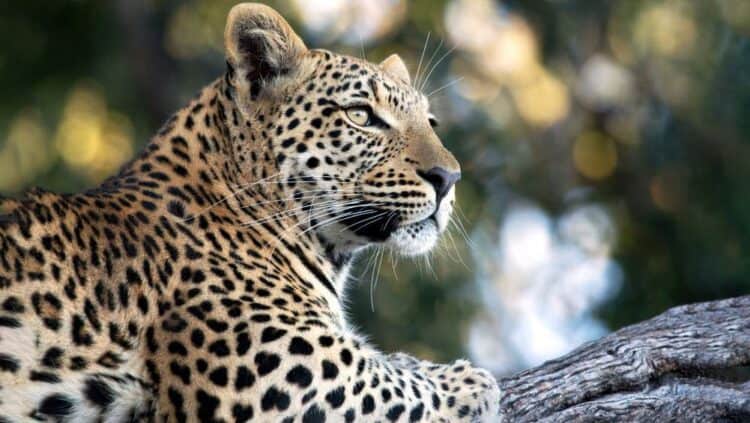
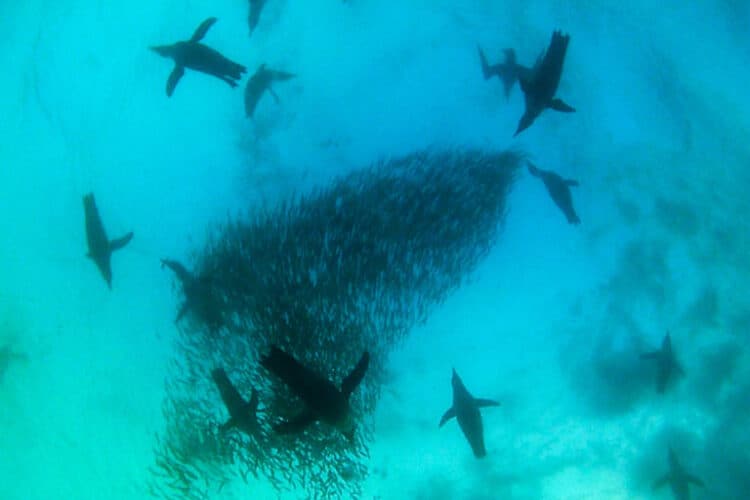
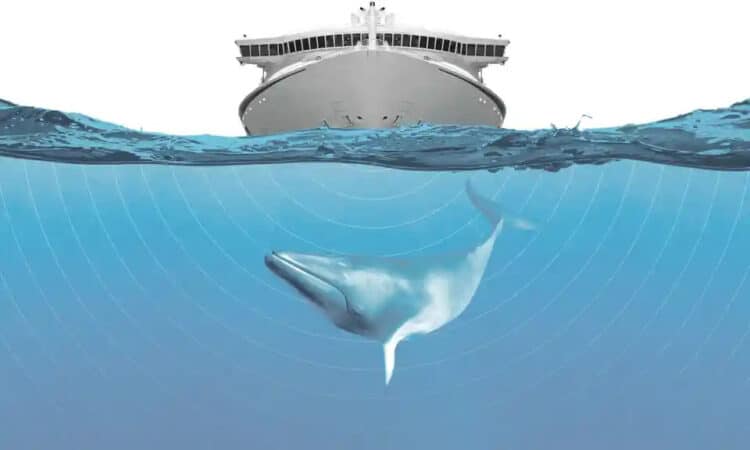
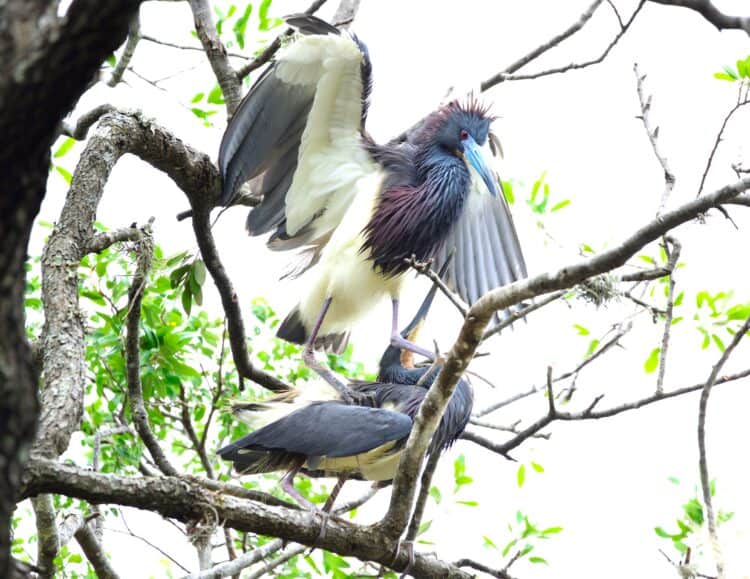
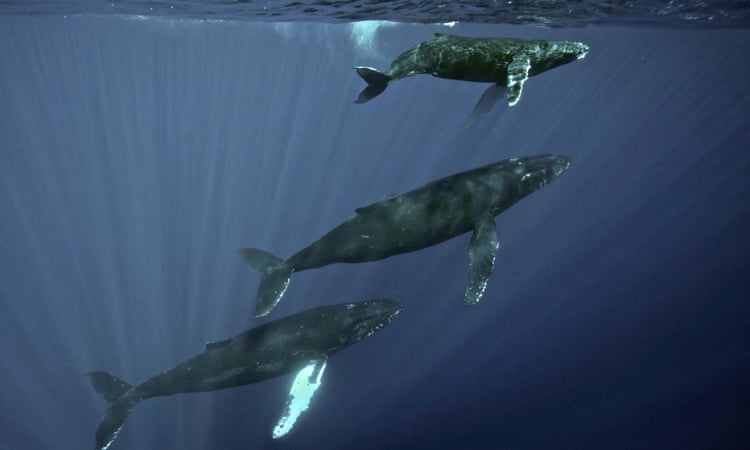
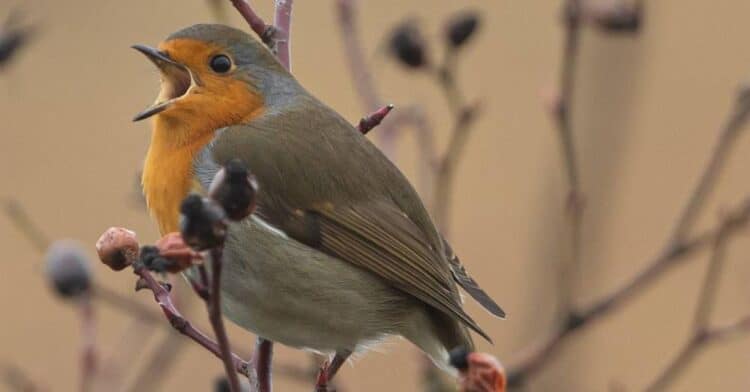
Leave a Reply